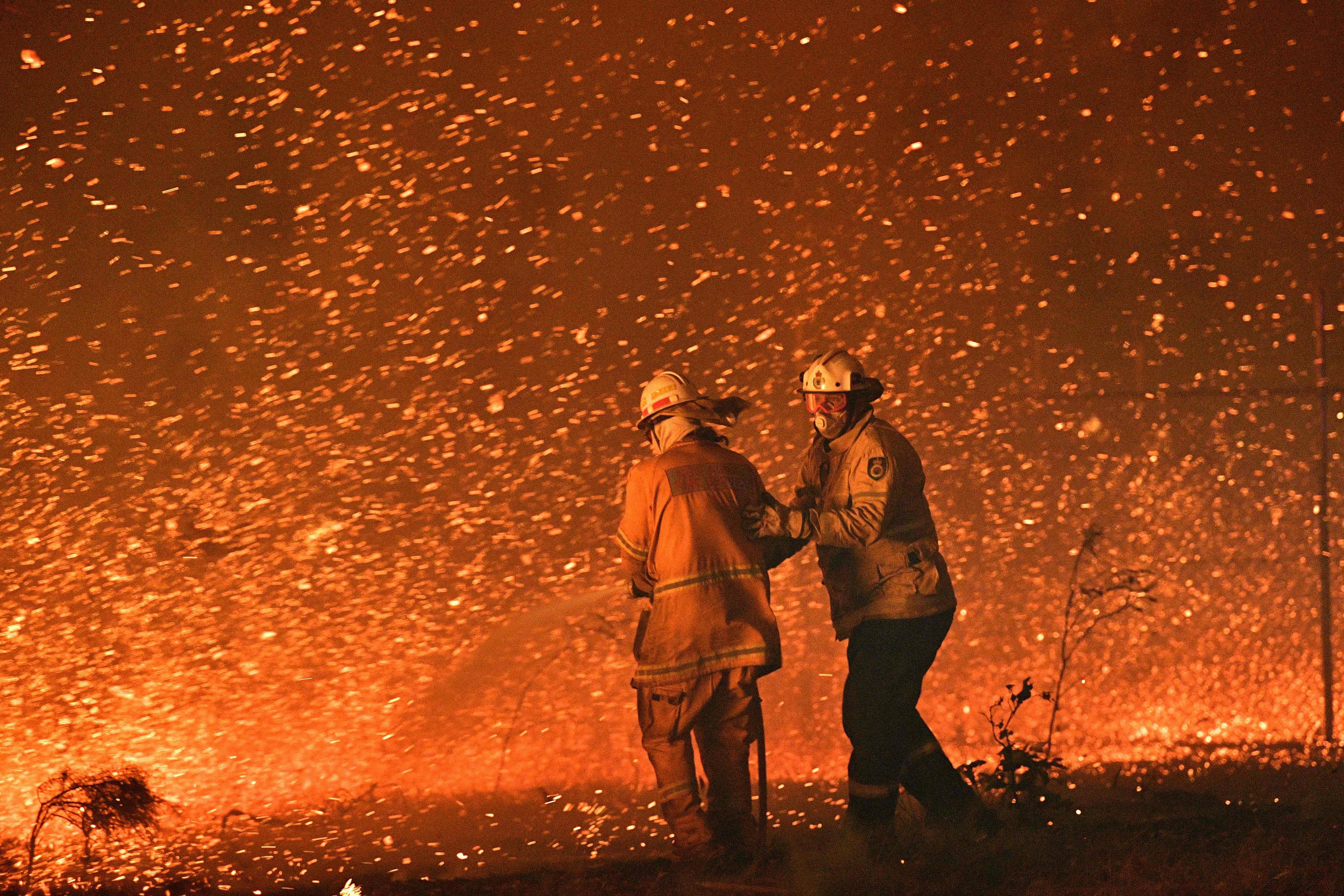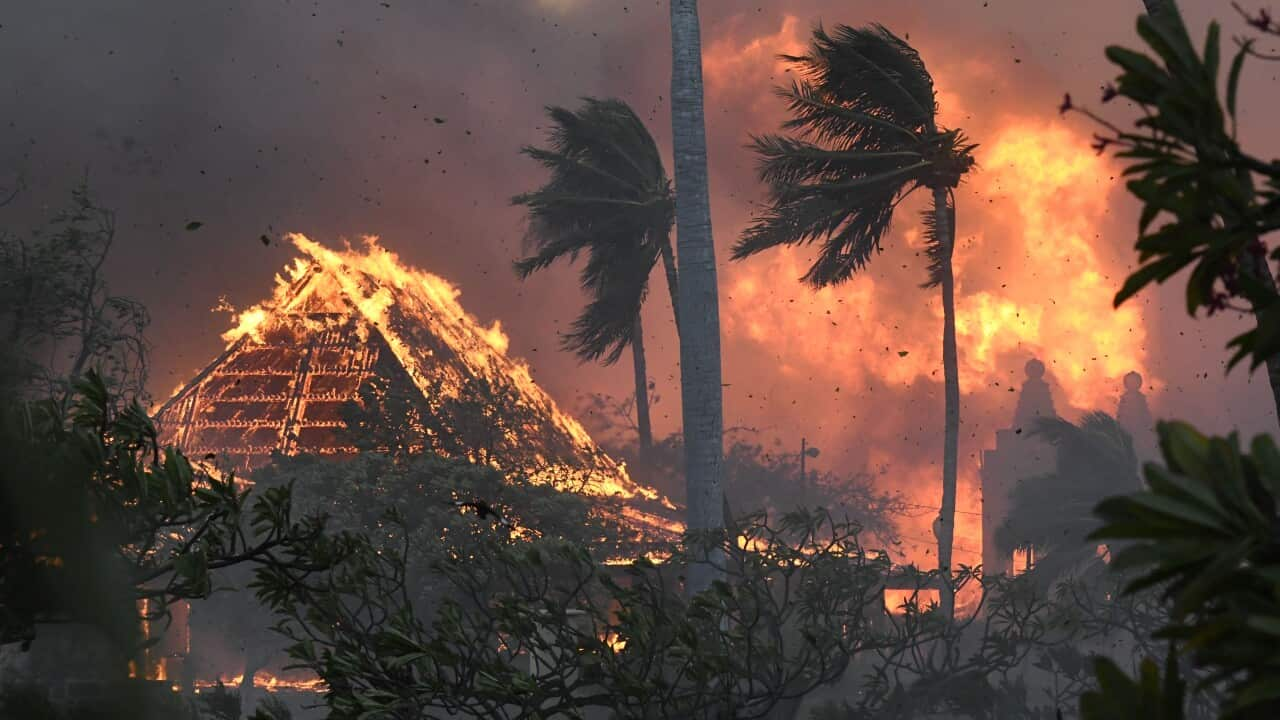BAL Report Principles: Crucial Details for Homeowner
BAL Report Principles: Crucial Details for Homeowner
Blog Article
Just How BAL Report Impacts Shrub Fire Defense Measures
In the realm of bush fire security, the Building Assault Level (BAL) record stands as a vital tool that substantially affects the security and strength of buildings in fire-prone areas - BAL Report. The effect of a BAL analysis extends far beyond simple paperwork; it acts as the keystone for determining the suitable building criteria and fire protection measures required to alleviate the threats posed by bushfires. As communities grapple with progressively extreme fire periods, recognizing just how the BAL record forms these safety procedures comes to be vital for policymakers, home owners, and building contractors alike
Recognizing the Bushfire Assault Level

Importance of BAL Report Assessment

Additionally, the BAL record analysis works as a foundational action in adhering to legal obligations and requirements connected to bushfire defense. Local councils and authorities typically mandate the submission of a BAL report as component of the preparation and structure authorization procedure to make sure that buildings are sufficiently secured against bushfire dangers. Failing to carry out a complete BAL record evaluation can lead to insufficient security measures, leaving residential or commercial properties susceptible to ruining bushfire occurrences.
Building Criteria Based on BAL
A comprehensive understanding of the Bushfire Strike Degree (BAL) makes it possible for residential or commercial property owners to apply building criteria tailored to their specific threat profile. Construction standards based on BAL are critical in minimizing the effect of bushfires on residential properties. The BAL score categorizes the possible danger a home faces throughout a bushfire on a range from BAL-Low to BAL-FZ (Flame Zone) Each BAL degree matches to specific building and construction requirements outlined in the Australian Basic AS3959-2018 Building And Construction of Buildings in Bushfire-Prone Locations. For circumstances, residential properties classified as BAL-Low might only need basic procedures such as clearing particles and maintaining gardens, while those in greater BAL categories require even more robust procedures like ember screens, fire-resistant materials, and secured home windows. Complying with these building standards not only improves the architectural strength of the residential or commercial property yet also enhances the general safety and security of citizens during a bushfire event. For that reason, residential property proprietors need to carefully consider their BAL rating and abide by the corresponding building standards to properly protect their homes and occupants.
Implementing Fire Protection Steps
With the structure of building and construction standards based on Bushfire Attack Level (BAL) in area, the focus currently moves towards the functional application of fire protection steps to fortify buildings against bushfire dangers. Easy procedures include using fire-resistant building materials, setting up cinder guards on vents, sealing gaps in walls and roofing systems, and preserving a clear area around the residential or commercial property complimentary from flammable plant life. By incorporating both passive and active techniques, residential properties can check that considerably lower their vulnerability to bushfire cases and increase the safety of owners.
Safeguarding Residences Against Bushfires
Effectively guarding homes against the devastating influences of bushfires requires a thorough and positive technique to fire security actions. House owners residing in bushfire-prone locations have to prioritize the execution of various methods to enhance their home's resilience against wildfires. One essential facet is creating a defensible area around the home by maintaining a clear zone devoid of flammable products. This includes frequently trimming plant life, removing dead plants, and making sure a secure distance in between trees and structures. Mounting fireproof roof materials can also considerably decrease the danger of ember assaults and direct fire call. In addition, securing gaps and vents to avoid ash breach, along with integrating fireproof windows and doors, can aid strengthen the home's protection versus bushfires. Purchasing a trusted water resource, such as a properly maintained automatic sprinkler or a devoted water storage tank, is critical for providing water throughout fire emergency situations - BAL Report. By embracing a proactive stance and incorporating these safety actions, homeowners can considerably boost their opportunities of guarding their homes versus bushfires.
Verdict
In conclusion, the Bushfire Assault Degree (BAL) record plays an important duty in determining check over here the required security steps against bushfires. Carrying out fire defense measures based on the BAL record is important in guarding buildings from prospective bushfire risks.
In assessing bushfire risk to homes, recognizing the Bushfire Strike Degree (BAL) is a critical element for implementing efficient security actions. Generally, a clear understanding of the Bushfire Assault Degree is essential for implementing appropriate defense actions and minimizing the influence of bushfires on residential properties.

Report this page